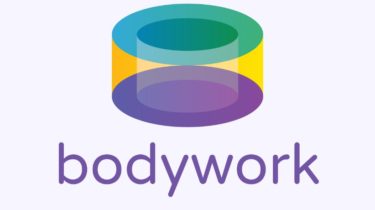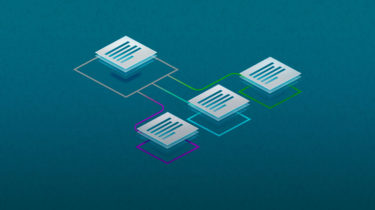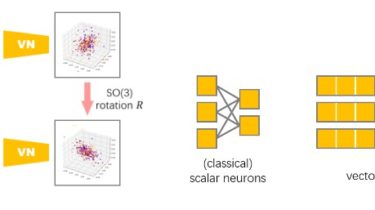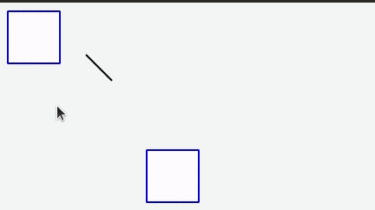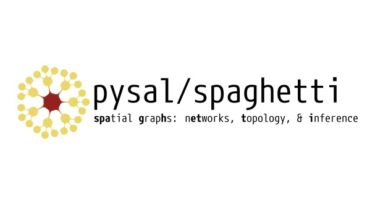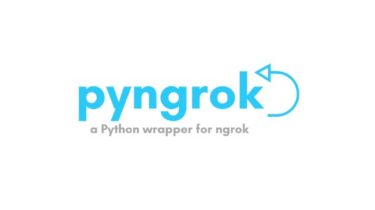MLOps tool for deploying machine learning projects to Kubernetes
bodywork-core Bodywork deploys machine learning projects developed in Python, to Kubernetes. It helps you: serve models as microservices execute batch jobs run reproducible pipelines On demand, or on a schedule. It automates repetitive DevOps tasks and frees machine learning engineers to focus on what they do best – solving data problems with machine learning. Where does Bodywork Fit? Bodywork is aimed at teams who want to deploy machine learning projects in containers. It will deliver your project’s Python modules directly […]
Read more